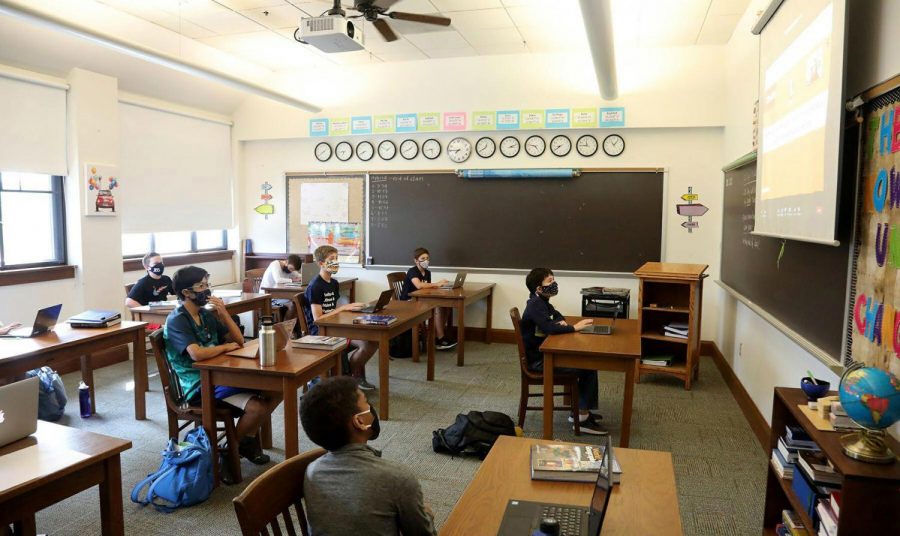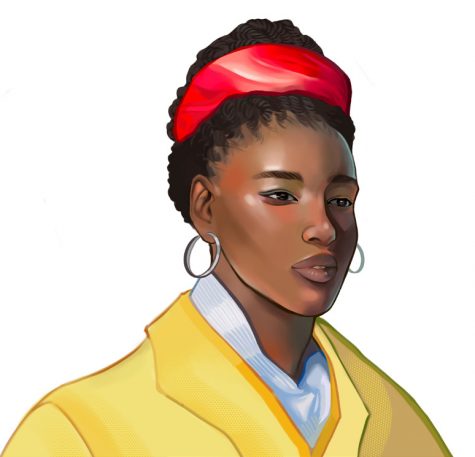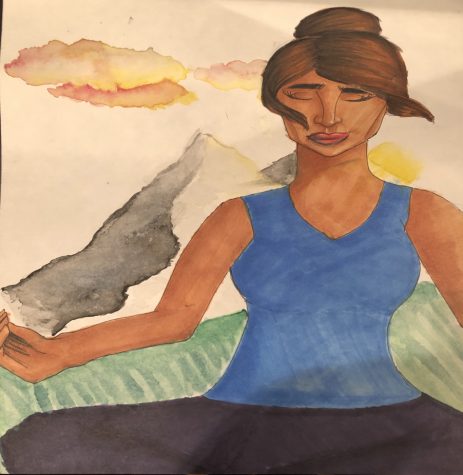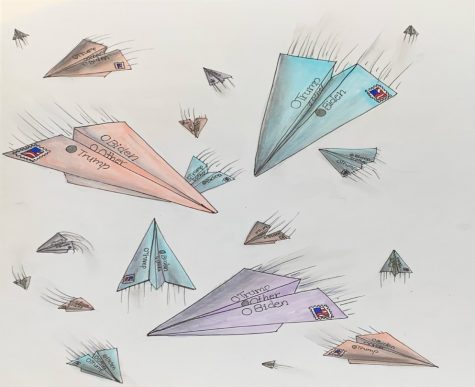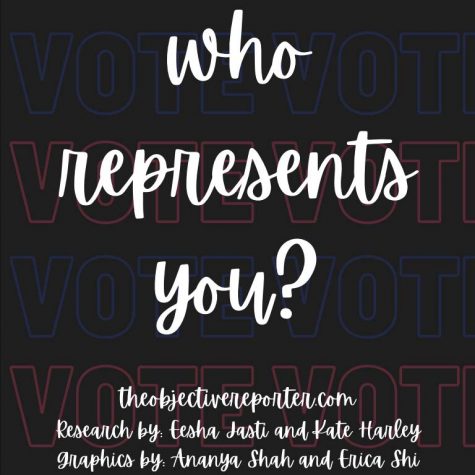Community Tries—Or Doesn’t—To Navigate Political Discussions
February 24, 2021
Throughout the political turbulence and divisiveness that has become a hallmark of the past few years, the ideology and discussion of such within the academic realm has become, as many put it, an increasingly “taboo subject.” In fact, many students often avoid the topic altogether. Some cite their fear of judgement by either peers or adults, their dismay at the current state of political affairs, or even that they simply find such matters uninteresting. However, among the majority of students and faculty members at JBS, the general consensus is that such discussions within the classroom setting are beneficial to students’ abilities to formulate responses and deepen their critical thinking, while also drawing connections between their studies and current events.
While many seem to hold stronger opinions on the manner in which such matters should be discussed, most agree that to enable these dialogues in an engaging, yet respectful way, is crucial to one’s job as an educator, and one’s learning as a student. As Dr. Smith put it, although “it is not our place to tell students what to think,… it is essential for us to help teach students how to think and to equip them with an understanding of the past so that they can better understand the world they will inherit.”
At the forefront of the trepidation that surrounds political discussion within the classroom, lies the apprehensiveness exemplified by many students as well as the difficulty that teachers face in integrating such content into the classroom environment. Many highlighted this concern held by students at jumping into these types of conversations. Lana English (‘23), for example, found that in most of her classes, “politics has never really entered the discussion,” recognizing one cause of this may be the difficulty of making “everyone feel included and heard, and not offending anyone.” However, in spite of these complications, English affirmed that it’s still important to make sure these interactions happen.
Some students voiced further concern for those whose beliefs differed on the political spectrum from that of most students, referencing this as one of the major inhibitors; Thomas Dobbs (‘21) stated that he had found emotion and politics to have largely intersected over recent years, saying that, “As a result, I largely don’t blame students for avoiding subjects where they know factionalism guides the discussion… It is increasingly uncomfortable for anyone for that matter to identify as moderate or as simply uninterested in politics.” Clarke Campbell (‘23) added on to this. Despite his claim that “Burroughs does a pretty good job,” he expanded upon what the school might do to counteract such feelings in the student body: “One area where the school could probably improve is in actively understanding the morals/reasoning that actually drives students’ political views… so that the school isn’t simply tolerating diverse political perspectives, but acknowledging their validity and the importance of respectful dissent.”
This “uncomfortable”-ness also manifested itself within the responses of faculty and educators, and proved to be a topic of concern for many. Mr. Merritt offered some explanation as to why he feels many avoid political interactions, stating, “Most of us understand that the topic is a powderkeg and no one really wants their teaching or learning day to be disrupted by political factions.” His reason as to why politics in this day and age represents such an explosive topic is similarly attributed to the variety of dissenting opinions: “In any classroom you can find a student who is passionate about political parties, platforms, candidates and issues sitting next to a student who is uninformed and ambivalent. This range has always existed in high schools and middle schools, but today’s heightened political climate transforms that range into misunderstandings, sweeping generalizations, emotional responses, and hurt feelings.” It seems that the theme of staunch political difference is one that is extremely recurring, and one which affects all within the school. Although this is an issue that may be inevitable due to the current state of political affairs, there seems to be some hope at mending such large contrasts.
Student Counselor Ms. Jones, for instance, believes that although these types of conversations in the 7th and 8th grade level can be difficult, and “older students can manage more of a conversation, and a back and forth of sharing ideas and opinions,” it seems to be crucial that “with younger students…the conversation is much better focused on helping them be discerning consumers of the political information that’s put in front of them rather than digging into issues.” This introduction to political debate can be crucial in forming a more comfortable environment later on, and Dr. Jay also highlighted the importance of the 7th and 8th grade social studies classes, specifically how nicely they tie into current events, such as that of the election cycles: “In my four years at JBS one of my favorite aspects of teaching specifically in the Middle School has been to watch students’ curiosity surrounding politics and current events more generally blossom… In my opinion…those classes innately have more space for current events discussions than some of the high school history classes…so built into the curriculum are moments where we can stop and incorporate lessons that touch on the pulse of the moment.” She reaffirmed the importance of such interactions at the younger ages, stating, “It is in seventh grade where those essential communication skills…are developed.”
Mr. Chen encases this philosophy that Burroughs holds and attempts to practice well (regardless of whether or not students agree on how effectively it is carried out): “If as a school, we aspire to the ideal that everyone should bring their full selves into our community, that should also extend to their political beliefs, and if students feel unable to bring their political beliefs into the classroom, then I don’t think we’re doing as well as we can to meet that ideal.” He continued, posing the question, “Shouldn’t we be encouraging this to happen in the classroom? Isn’t the classroom in fact the best place to help students learn how to have productive political conversations?”
So, the question arises: how should this be done? The answer: it depends– for many teachers, this strategy looks greatly different than others’, and that seems to be the beauty of Burroughs’ approach. As Dr. Jay says, “My impression of students is that one of the things they value the most about the JBS community is the unique experiences they have with each of their teachers.” There is no set policy in which these methods are employed and how students are exposed to such content, even though teacher’s decisions on how to do so can be difficult at times.
Dr. Jay, for example, recounted her experiences with such discussions, but from the perspective of a student who lived and grew up in New York during the tragic event of the September 11 attacks: “I remember my teacher saying ‘nothing to worry about, probably just a freak accident.’ We would find out just 15 minutes later, that he was mistaken… what I remember most from my senior year academic experience is how my classroom teachers helped us discuss and process everything that transpired. There were moments of grieving, moments of uncertainty, moments of debate when some students agreed and others disagreed with George W. Bush’s policies in the aftermath.” She found that the way her teachers handled that event inspired her greatly to do the same for her own students, stating, “My senior year teachers set the bar so high in terms of how they aided us in navigating a very difficult moment, and most importantly, how to have respectful political disagreements with our peers.”
While events of such magnitude may not present themselves as obviously today, Mr. Wagner similarly reminisced upon previous experiences, but exemplified a dilemma that many teachers face when making decisions about including political content within their classroom. He retold his contention over whether or not to require his class to listen to a podcast which explained the history of policing in the United States. Although it simply told the history of the practice, one that arose out of slave patrols specifically in the South, it would be considered as a source that is “skewed” to the political left, and he found that even “just deciding what information to present is deeply political.” He also connected this back to a time when he was teaching a 7th grade class and mentioned the disenfranchisement of African Americans by the republican party, which received a lot of pushback in turn from a few students. He revealed, “I said to my students, ‘I would think if you were a Republican, you would want to know this. In fact, I want you to know this because I want you to argue that your party shouldn’t be doing this, unless of course you do support that.’” Mr. Wagner continued, remembering the result of his statement: “I looked out at my students, and saw that some of these young kids were offended, hurt, and angry because they identified as Republicans and I had just pointed out that their party is trying to stop African Americans from voting. So, my number one thing is every student of mine should feel accepted and welcome and cared for, and pointing out something so volatile as that to students who identify with that political persuasion was tremendously harmful to my classroom and its environment… So I don’t know what the right thing to do was.” Despite these challenges and possible missteps though, the purpose that he, and many other teachers, have in including such discussions in the curriculum is simple, and aligns with that of two of Burroughs’ missions: “1) emphasizing critical thinking, and the other, 2) listening to understand, rather than to respond, something that has really been repeated over and over, from the headmaster and down.”
While these anecdotes may appear wildly different, they go to show the impact of such conversations, and more importantly, they represent the formation of a student’s future political opinions and how they go about such topics. In the end, these discussions, along with laying such a foundation, all offer a way to unite people during difficult times where we aren’t often given the chance to do so. As Mr. Merritt said, in conclusion to his response, “I think we need to learn to care about the people more than we care about the issues. The purpose of human existence is to love each other. If our default was to CARE instead of criticize… we might just all be a little better off.”
